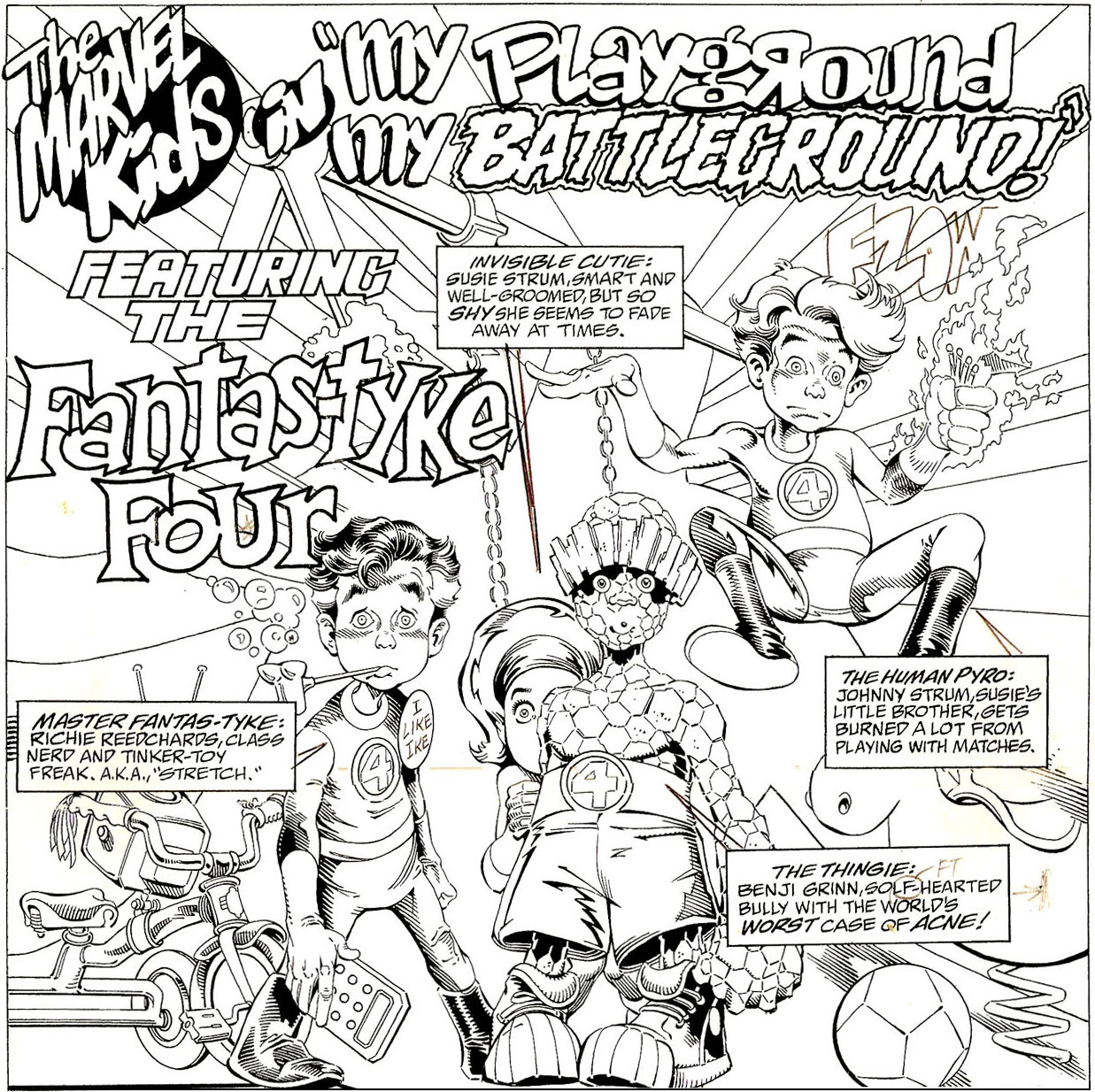The good news is that a big name, first tier, grown-up institution, the Museum of Modern Art, is doing a show on comic art.
The bad news is that we’re still being nibbled to death by ducks; the show is a rather narrow view of the medium, a look at how 13 artists are using the visual conventions associated with comic art. Sometimes it’s one convention to a practitioner; sometimes they can handle as many as a half a dozen.
The Modern (www.moma.org) is spiffy enough to have an online exhibition, which can at least let you in on the main ideas. I don’t have to tell you the value of staring at a wall-sized painting vis a vis a reproduction on a screen, but in this case especially you can understand the ideas at work here. If you don’t buy the idea, then you can probably skip a trip to the show. It fits in one of their smaller temporary exhibition spaces, fewer than two-dozen pieces altogether in about four rooms, artfully arranged, like spaces in the primate habitat at the zoo to seem like a few more.
It took me a half hour to look at it closely, most people were in and out in less time than that.
The Museum feels the need to expand their scope to “slapstick, comic strips and films, caricature, cartoons, and animation.” This says, to me, that, they still need to add things to comic art to make a show. It also says they are still bedeviled by the use of “comic” to refer to both the medium and a point of view. They are in sight of the transcendent critical vision here: that comic art is a medium, not a genre.
But that’s their contribution to critical literature; the show makes a lot more sense looking at it than reading about it.
As usual, the artists are ahead of the museums. They know the comic artists have great powers, most of them have been reading comics all their lives, just like the rest of us, at least in the Sunday paper. They know a speedline from a thought balloon, clean line from brushwork. They have such respect for comic art technique that most of them don’t go near it, as such, exploring instead the equally wide seas of painting.
(more…)
 Del Rey has just announced the newest addition to its growing lineup of original graphic novels, as it has acquired the rights to publish comic book stories featuring Dean Koontz’ popular Odd Thomas character ("I see dead people. But then, by God, I do something about it.").
Del Rey has just announced the newest addition to its growing lineup of original graphic novels, as it has acquired the rights to publish comic book stories featuring Dean Koontz’ popular Odd Thomas character ("I see dead people. But then, by God, I do something about it.").

 Wil Wheaton found
Wil Wheaton found

 So I’m catching up on Previews magazine (more about which in my Wednesday column) and I notice this drop-dead gorgeous art in the Marvel Previews insert that caught my eye and made me stare at the page for like a minute and a half. And I’m one of those "usually more into the words than the art" comics people.
So I’m catching up on Previews magazine (more about which in my Wednesday column) and I notice this drop-dead gorgeous art in the Marvel Previews insert that caught my eye and made me stare at the page for like a minute and a half. And I’m one of those "usually more into the words than the art" comics people.
 Via
Via  The fan mentality is often a wonder to behold. It’s a constant double-edged sword. On the one hand, you have a passion for the subject matter that often knows no bounds. On the other, you often find a complete disregard for the minds behind the creation of that subject matter.
The fan mentality is often a wonder to behold. It’s a constant double-edged sword. On the one hand, you have a passion for the subject matter that often knows no bounds. On the other, you often find a complete disregard for the minds behind the creation of that subject matter.








